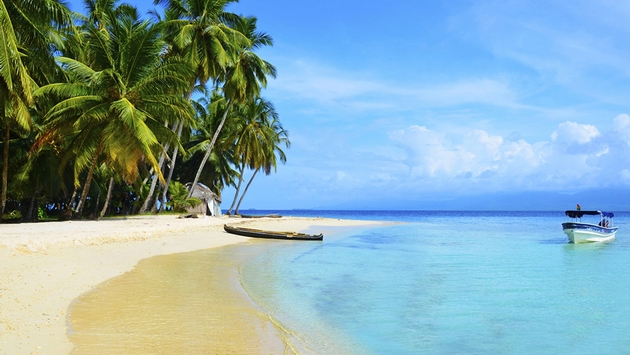Jannen Christoff writes for Travel Pulse magazine and talks of the wonders of our eco system here in Panama.
Panama, the bridge of land that unites North and South America is committing to sustainably developing its protected areas. The country’s most recognizable landmark is the Panama Canal, which is currently its biggest tourism draw. The country also attracts birders, who flock to the destination each year to see its more than 933 species.
However, what many visitors don’t know is that the Panama also has one of the Western Hemisphere’s largest rainforests and a number of protected lands that remain largely undeveloped when it comes to tourism. Panama is looking to change both of these facts.
Since its formal commitment to ecotourism, in an agreement signed on Earth Day, April 22, 2015, global NGO Sustainable Travel International has been working closely with Panama’s Ministry of the Environment, its tourism authority, and private sector organizations within the country to conduct a diagnostic analysis of opportunities and challenges for developing tourism in Panama’s protected areas.
“Responsibly developed tourism offers unparalleled opportunities to stimulate the local economy, benefit indigenous communities and conserve rich biodiversity,” said Louise Twining-Ward, CEO of Sustainable Travel International. “Panama is well on its way to the development of a world–class ecotourism offering. They are doing all the right things to maintain the authenticity of the experience, preserve ecosystems and keep visitors safe.”
According to Sustainable Tourism International, the objective of the work being conducted is, by January 2016, to have a comprehensive and stakeholder-driven vision for the development of national parks and protected areas and their buffer zones that benefits local communities.
In a series of meetings with minister of tourism, Gustavo Him, Him reaffirmed Panama’s commitment to pursuing tourism development in a way that improves livelihoods and conserves Panama’s natural attractions and ecosystems. Until recently, the country has not actively promoted tourism in its parks and protected areas. Most of its 2.3 million annual visitors still don’t venture very far beyond Panama City, and many visitors come only for shopping and business related to the canal.
However, Panama is a land rich with biodiversity. Thirty-nine percent of Panama’s land area is under protection but is not developed for tourism. For example, the UNESCO Natural World Heritage site Coiba Island in the southwest of the country is part of the Pacific Marine Biological Corridor and is known as a world-class destination for diving and whale watching. The island also has pristine beaches, mangrove forests, scarlet macaws, mantled howler monkeys and four species of sea turtles. But the area has little tourism development and is hard to reach.
In Boquete, which boasts a high volume of expats but not as many tourists, Volcan Baru is a key destination for hikers and is the one place in the world with views of both the Caribbean Sea and the Pacific Ocean. The legendary routes of Camino Real and Camino de Cruces, where the Spaniards originally crossed from the Pacific to the Caribbean by land (a predecessor to the Panama Canal) have the potential to be developed as ecotourism routes cross highly diverse landscapes. Sustainable Travel International suggests linking the tropical rainforest and mountain ecosystems, as well as providing visitors with access to rural and indigenous communities.
As the two groups work to develop Panama’s ecotourism infrastructure, the next step in the project is for Sustainable Travel International to develop a strategic vision and action plan that will provide a framework for a coordinated approach to tourism in parks and protected areas.
It may take a while for these new efforts to get off the ground, but ecotourism enthusiasts are sure to be ready when the development takes hold – if they are not there already.
